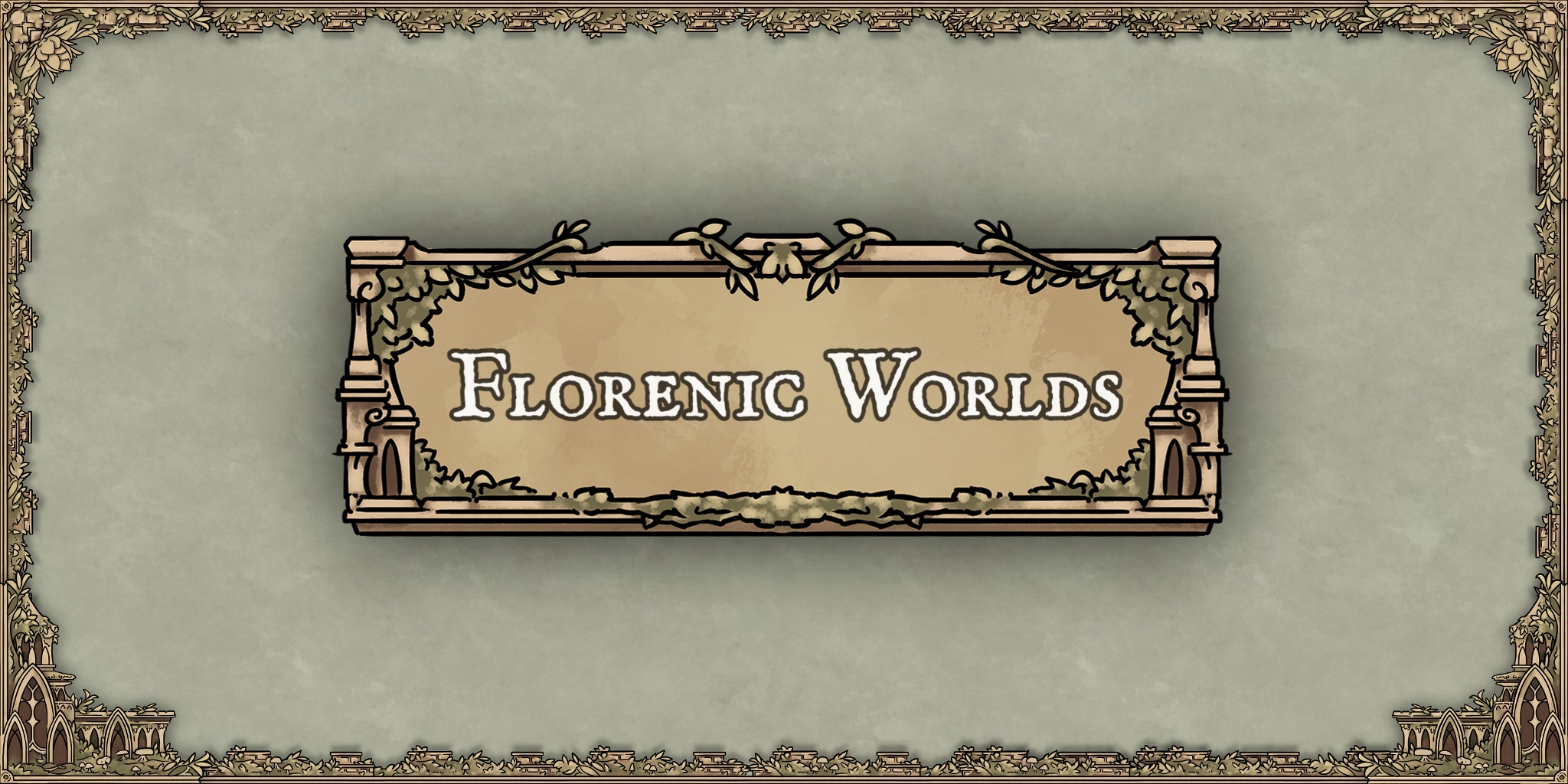Wilting Disease
What Caused the Founding for Regalia
"Where do you think we are," asked Duke Windell.
Cries and pleas for help deafened me as we walked through the halls. My heart bled from their agonizing outbursts that blared from their rooms.
"Asylums like in Calvora are far from this condition. I have seen nothing like this, your grace."
"This is Gredderleth Hospital. These are where many Arkonian Plague victims come. For some, it is their final resting place." He seemed disappointed with himself, as if he couldn't much to help them. His face became obvious with grief. "Come now. We do the patients a disservice by gawking at them."
Transmission & Vectors
The disease is known to transfer through the touch of living things or undead that currently carry it. Animals are the most common form of spreading the illness
Causes
Symptoms
The Wilting Disease typically saps the strength and vitality out of a creature or plant. Over time, the afflicted will suffer exhaustion and lose energy to the point of their life being drained to resemble a husk.
In the beginning, a black spot first appears where contact was made and more will eventually spread throughout the body. As it travels further around the skin, painful green pustules form in severe areas as their muscles are slowly consumed. By the time a limb or roughly an amount equal to half of the torso is claimed, that is when fatigue begins to set in.
This second stage is when the plague then tires out the victim, making them feel lethargic and their mindset slowly fills with helpless despair. If nothing is done at this segment, then death is very likely to be guaranteed as the next stage occurs.
The conclusion is when the victim is rendered immobile as their body can barely move because of their thin muscles. In fact, they would look almost like skeletons by this point in time as they have entirely (or nearly) grayed out with occasional pustules. In the victim’s final days, emotional distress occurs. Often times it’s a result of feeling intense neurosis where tears commonly stream down their face from the perceived overwhelming stress.
Treatment
The disease is not invincible, thankfully. It can easily be removed with concentrated divine energy or healing arcana focused on the victim. Potion remedies can work but skilled craftmanship in the field is required to bring a proper cure.
Prognosis
Affected Groups
Hosts & Carriers
Prevention
History
The "Arkonian Plague," as it’s known better by, was first introduced by Dreadlord Sar'Ganockt during the Necromantic War of the Elvarid Campaign. The disease would become infamous as it spread throughout much of Elvarid as plants turned into a sullen gray with their petals falling off one at a time. The Feydom’s homeland became blighted ever since.
Cultural Reception
Implementing the Wilting Disease in 5th Edition
The infected creature must succeed on a DC 12 Constitution saving throw each day. On a failed save, they lose 1 point in their Strength and Constitution scores as the black pigment begins spreading. When the creature has a negative modifier in their Strength or Constitution score (or already has one), they gain one level of exhaustion that cannot be removed until cured. Each time the creature drops to a lower negative modifier, they gain another level of exhaustion until they die from the 6th level
When the creature reaches the fourth level of exhaustion, they gain an indefinite madness based on the Wilting Table. This madness lasts 2d4 days after the target is cured.
While on Florenelle, fey creatures or those with the Fey Ancestry trait roll normally while creatures that aren't fey or don't have the trait roll with advantage. On Elvarid, fey or those with the Fey Ancestry trait roll with disadvantage while other creatures roll normally. Sadarren are immune to this disease.
| 1d4 | Madness Result |
|---|---|
| 1 | "There is no hope for me in this condition." |
| 2 | "I have a burning hatred in me I can't explain but I'm too weak to let it out." |
| 3 | "I have doomed everyone I care about with this disease. It's all my fault." |
| 4 | "I can't help but cry out in agony from the despair." |
Curing the Wilting Disease in 5th Edition
While on Florenelle, casting a Lesser Restoration spell removes one level of exhaustion and cures the victim after all levels are removed if there are any. Common potions of healing can prevent making a saving throw for that day. A Greater Healing potion can remove one level of exhaustion, curing the creature if all levels are removed.
While on Elvarid, casting a Greater Restoration Spell (or a 4th level Lesser Restoration) removes one level of exhaustion and curing the creature when all levels of exhaustion are removed. A Greater Healing Potion can prevent making a daily saving throw while a Superior Healing Potion can remove one level of exhaustion. It takes the creature 1d4 days for their ability scores to return to normal after being cured on Elvarid.


Comments